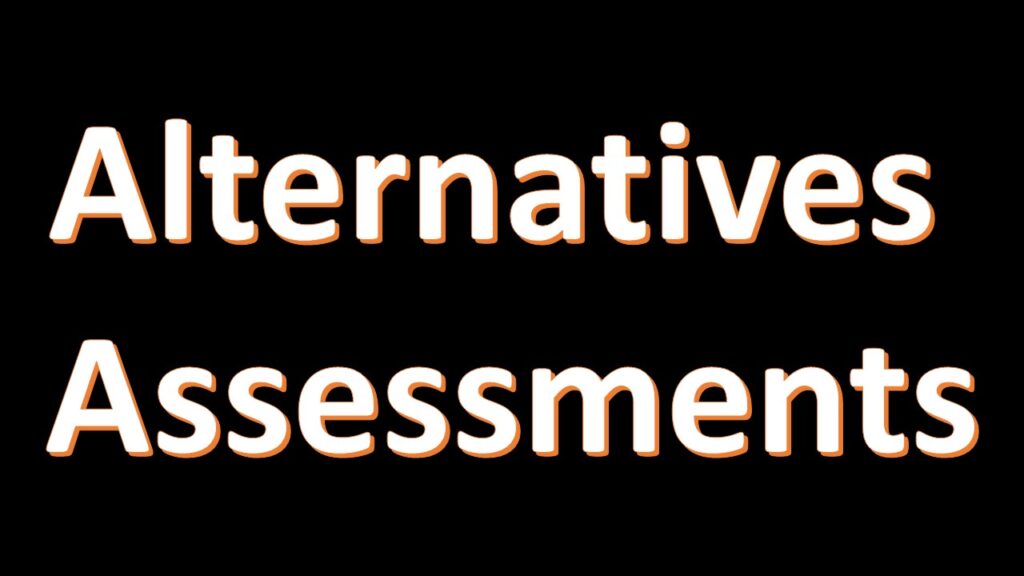
In the previous way of doing things, a limited (or no) alternatives assessment was completed. For example, most commonly, an area near the mill was identified early in the permitting process, and that is where the TSF was sited. Today, with mine sites becoming more and more complex, it is not unusual to assess TSF alternatives that are at considerable distances from the mill. In addition, the tailings preparation method should also be considered in an alternatives analysis, including conventional slurry tailings, thickened tailings, high-density tailings, paste and filtered tailings. Even the selection of the embankment type can be decided using this approach, when complimented by the engineering designs and risk analyses procedures.
In order to complete this exercise with any real meaning, alternatives assessments are usually employed; one such application, known as the Multiple Accounts Analysis (MAA) is presented by Robertson and Shaw (2004). This type of methodology is required by the Standard. The MAA is an information-sharing and decision-making tool that is used as a framework to identify stakeholder perspectives and prioritize concerns for various design alternatives. The MAA is a process that typically requires multi-disciplinary participation, usually in the form of a workshop. Paraphrasing Robertson and Shaw (2004):
“The MAA methodology for the selection of a mining project amongst various options uses the system both as a platform for engagement of stakeholders and for the combined assessment of indicators. The MAA process allows for the evaluation of a list of alternatives for mine development or mine reclamation by weighing the advantages and disadvantages of each alternative. The MAA makes it possible to differentiate among alternatives in ways that are not possible if data, or issues, are viewed and assessed singly and independently. This method allows the user to consider numerous and variable issues, even issues historically considered too imprecise for evaluation”.
The MAA is a well-developed and widely used method in applications such as evaluating mine development options, including TSF design options. Basically, MAA proceeds by identifying the factors (called “accounts” and “sub-accounts”) to be used in comparing alternatives, and then giving each factor a numerical score for each alternative. The accounts cover the range of influences including environmental, socio-economic, technical, and economic factors. The MAA then identifies numerical weights to be used in evaluating the relative contribution that each factor should make to the analysis. The scores are then multiplied by the weights, the products are summed, and the overall totals for the various alternatives are compared. The alternative with the highest overall merit score is considered ‘preferred’.
Since the MAA is a quantitative method and some of the factors used in the analysis can only be characterized qualitatively based on expert knowledge and judgment, the numerical results of an MAA are necessarily approximate. A sensitivity analysis may be used to gain insights into how varying the contribution of qualitatively characterized factors affects the MAA results. An MAA cannot possibly incorporate all the factors that might be applied in comparing various alternatives and must necessarily focus on those factors that are most useful in distinguishing among the alternatives. Consequently, MAA results are indicative of the relative strength of the alternatives considered.
REFERENCE
Robertson, A. and Shaw., S., 2004, Use of the Multiple Accounts Analysis Process for Sustainability Optimization, Proceeding of SME annual meeting, February 23-25, Denver, CO, USA.

